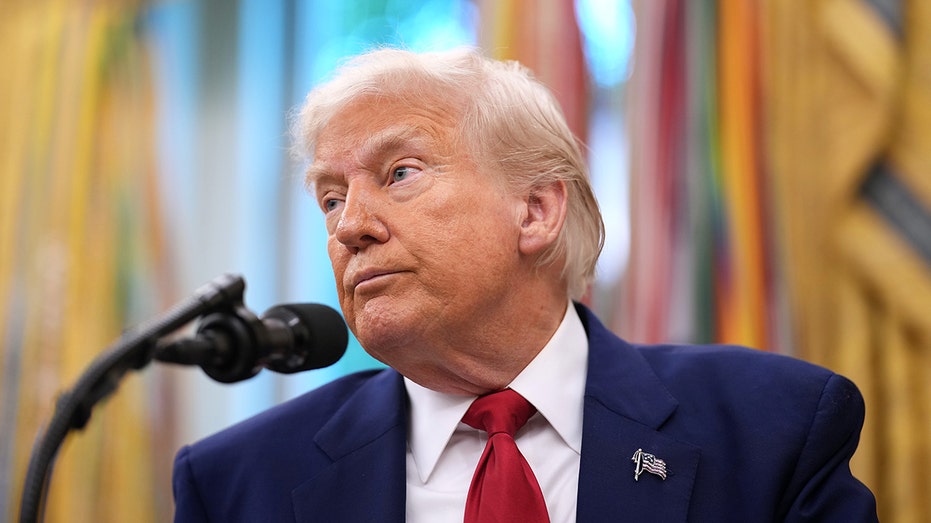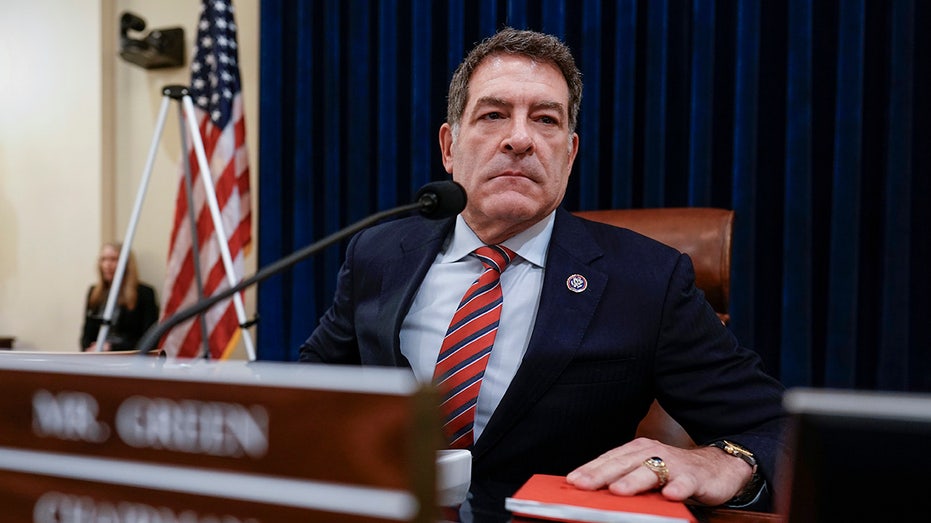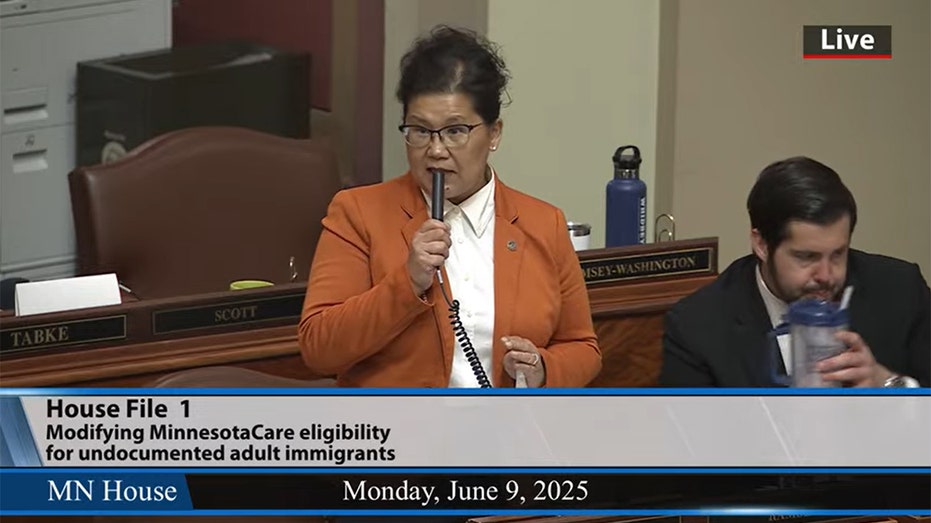Federal Appeals Court Blocks Key Elements of Trump's Education Reform Agenda
Court denies temporary stay in Department of Education closure, halting mass employee layoffs.

A federal appeals court has rejected the U.S. Department of Education’s urgent request to temporarily halt a lower court’s preliminary injunction, dealing a significant setback to the Trump administration’s plan to dismantle the department. The ruling effectively sustains a pause on the administration’s sweeping agenda to reduce the agency’s workforce and shutter its operations.
The controversy centers on a highly contested plan announced March 11, 2025, by President Donald Trump and Secretary of Education Linda McMahon to initiate a Reduction in Force (RIF) that would eliminate half the department’s employees, with an ultimate goal of closing the cabinet-level agency entirely. In response, Washington, D.C., Massachusetts, and another state swiftly mounted legal challenges, joined by several labor organizations and school districts. Plaintiffs sought an immediate injunction to prevent what they described as the unlawful transfer and dissolution of essential federal education functions.
After consolidating separate lawsuits, the U.S. District Court found sufficient grounds for concern over the administration’s actions and issued an order blocking the mass layoffs and other steps toward closure. The Trump administration appealed that decision, arguing for a stay that would allow its plans to proceed pending further review. However, the federal appeals court wrote in its decision that “a nearly half-century-old cabinet department would be permitted to carry out its statutorily assigned functions or prevented from doing so by a mass termination of employees aimed at implementing the effective closure of that department.” The court concluded that the administration’s request “does not warrant our interfering with the ordinary course of appellate adjudication,” thus denying the motion for a stay.
Amid this legal standoff, congressional Republicans have acted to formalize the Trump administration’s agenda through legislation. The “Returning Education to Our States Act,” introduced in April, aims to redistribute key offices and regulatory powers currently held by the Department of Education to a patchwork of other federal agencies, including the Departments of Health and Human Services, Justice, Treasury, and more. If enacted, the bill would eliminate federal mandates such as standardized testing designed to identify struggling schools and devolve greater authority over teacher certification and professional development to state and local jurisdictions.
Sen. Mike Rounds of South Dakota, a lead sponsor of the legislation, emphasized the longstanding conservative critique of the department, stating that it has grown far beyond its original mission of collecting data and advising state officials. “Since then, it has grown into an oversized bureaucracy that dictates one-size-fits-all policies, standards and practices for students across the nation,” he said. Education Secretary Linda McMahon has also been vocal about her backing for dismantling the agency, making public her detailed vision in a recent editorial and at meetings with lawmakers.
The fate of both the executive order and proposed legislation remains uncertain. While President Trump’s order directs the department to pursue all measures necessary for closure and to restore control to states and local communities, only Congress holds the power to formally abolish a cabinet department. The Republican-backed bill now awaits consideration in the Senate Committee on Health, Education, Labor, and Pensions, positioned as a potential companion to Trump’s high-profile campaign pledge to overhaul America’s education system.
Supporters of dissolving the department argue it will foster innovation and return authority to parents and local leaders. Opponents warn it could undermine national educational equity, put vulnerable students at risk, and fragment critical civil rights protections. As the judicial and legislative battles intensify, the future of federal involvement in American education stands at a historic crossroads, with far-reaching implications for millions of students, teachers, and families nationwide.




